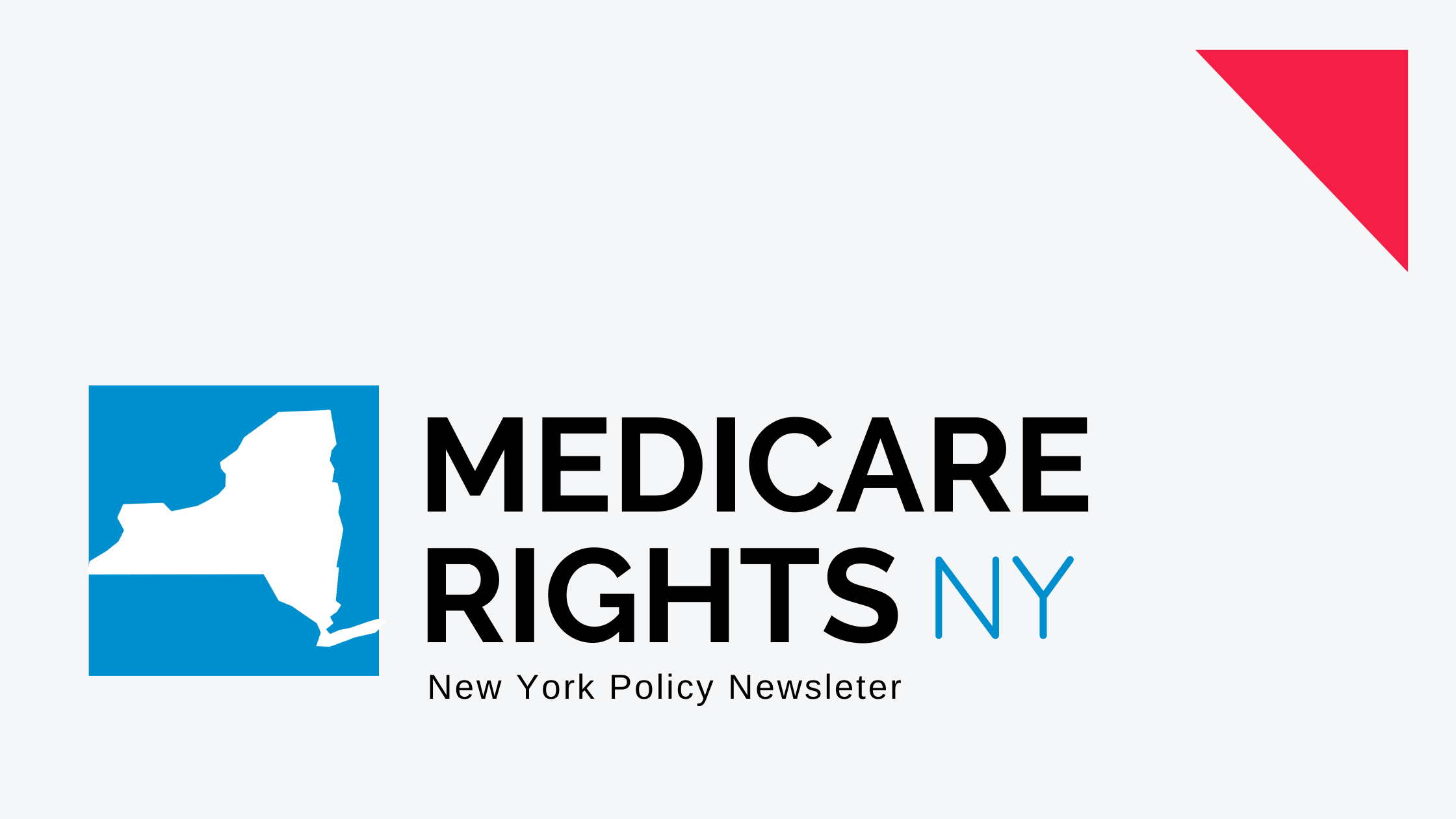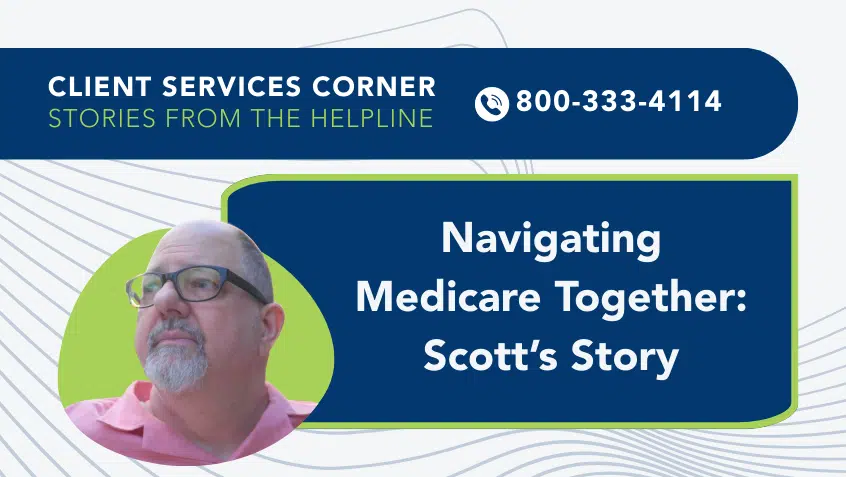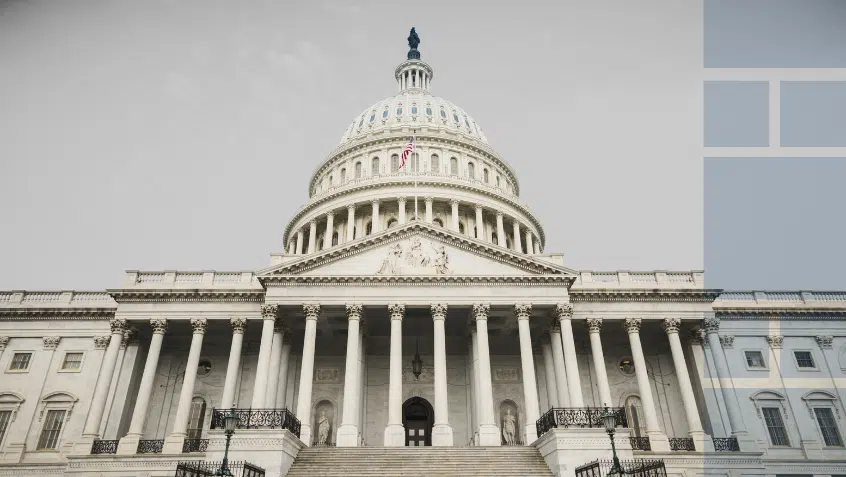Join Us Live for a Discussion on Medicare, Democracy, and the Future of Health Care

Medicare Rights Advocacy
New resource provides information on Medicare coverage during the coronavirus public health emergency
Medicare Rights and Health Care For All New York (HCFANY) have released a new flier related to Medicare’s coverage of services during the coronavirus public health emergency. The flier explains coverage requirements and costs for coronavirus testing and eventual vaccination. It also explains how coverage requirements have been changed for skilled nursing care, telehealth, and other services due to the public health emergency.
Included with the flier is information about HCFANY’s New York-specific advocacy, including policy proposals to tackle medical debt and help uninsured individuals during the pandemic. To learn more about these proposals, please visit HCFANY’s blog.
New tool helps older New Yorkers guard against coronavirus
The New York State Office For the Aging has launched a new online tool to help older adults and other high-risk individuals living in New York protect themselves from coronavirus. The CV19 CheckUp tool is a free, anonymous, personalized tool that evaluates an individual’s risks associated with COVID-19 based on their life situation and individual behavior. CV19 CheckUp also provides recommendations and resources to reduce risks where possible.
As a reminder, Medicare Rights has a page on Medicare Interactive that reviews Medicare’s coverage of services during the coronavirus public health emergency. The page explains coverage requirements and costs for coronavirus testing and an eventual vaccination. It also explains how coverage requirements have been changed for skilled nursing care, telehealth, and other services due to the public health emergency.
To view the page, visit the Get Answers section of Medicare Interactive, or use this link.
New York State and Federal Government Updates
Medicare costs in 2021
Recently, CMS announced the standard Medicare Part A, Part B, and Part D costs for 2021. These costs include the Part B premium, Original Medicare cost-sharing amounts, and the Income-Related Monthly Adjustment Amount (IRMAA) for Parts B and D. Among other figures, CMS announced that the Part B premium will increase from $144.60 to $148.50 per month in 2021. To review this and other figures, visit Medicare Interactive.
The Part B premium increase comes on the heels of the recently announced cost-of-living adjustment (COLA) for 2021. Owing to this adjustment, individuals will next year see an increase of 1.3% in their Social Security benefits – an average of about $20 per month. For more information about COLA in 2021, please visit Medicare Rights’ blog.
Fall Open Enrollment reminders
Fall Open Enrollment occurs each year from October 15 through December 7. During this time, beneficiaries can join a new Medicare Advantage Plan or stand-alone prescription drug (Part D) plan, or switch between Original Medicare (with or without a Part D plan) and Medicare Advantage. Any changes made during Fall Open Enrollment take effect January 1.
During Fall Open Enrollment, beneficiaries should review their current health and drug coverage, regardless of whether or not they are satisfied with their current coverage, because much can change from year to year. Unfortunately, as recently reported by the Kaiser Family Foundation, more than half of beneficiaries do not review their coverage annually, which can lead to unexpected costs and other problems.
Beneficiaries with Original Medicare should read their 2021 Medicare & You handbook to know about Medicare costs and benefits for the upcoming year. Beneficiaries enrolled in a Medicare Advantage Plan or Part D plan should receive an Annual Notice of Change (ANOC) or Evidence of Coverage (EOC) from their plan. These notices detail any changes in the plan’s costs, benefits, and rules for the upcoming year. Even if a beneficiary has had no issue with their plan in the past year, keep an eye out for these letters to be aware of how the plan might change in the coming year.
Beneficiaries with Extra Help should also be aware that they will use Fall Open Enrollment if they want to make any coverage changes between October 1 and December 31. Any changes made will take effect January 1. The Extra Help SEP is only for the first three calendar quarters of the year, though beneficiaries interested in Extra Help or other low-income programs can apply at any time, including during Fall Open Enrollment.
To help beneficiaries and professionals navigate Fall Open Enrollment, Medicare Rights has released a new 2020 guide. Medicare Rights also hosted a webinar on Fall Open Enrollment and Medicare changes for 2021.
Download the guide.
Sign up for the webinar recording.
Medicare Advantage Plans for ESRD Medicare beneficiaries
Beginning in 2021, people with End-Stage Renal Disease (ESRD) can enroll in Medicare Advantage Plans. Medicare Advantage Plans must cover the same services as Original Medicare but may have different costs and restrictions. However, Medicare Advantage Plans cannot set cost-sharing for either outpatient dialysis or immunosuppressant drugs higher than the beneficiary responsibility would be under Original Medicare.
ESRD Medicare beneficiaries interested in enrolling in a Medicare Advantage Plan for 2021 can do so during Fall Open Enrollment. It is important that beneficiaries consider provider networks and costs as they evaluate plans.
For more information on Medicare Advantage for ESRD Medicare beneficiaries, visit Medicare Interactive.
Show Comments
We welcome thoughtful, respectful discussion on our website. To maintain a safe and constructive environment, comments that include profanity or violent, threatening language will be hidden. We may ban commentors who repeatedly cross these guidelines.
Help Us Protect & Strengthen Medicare
Donate today and make a lasting impact
More than 67 million people rely on Medicare—but many still face barriers to the care they need. With your support, we provide free, unbiased help to people navigating Medicare and work across the country with federal and state advocates to protect Medicare’s future and address the needs of those it serves.
The Latest
Most Read
Add Medicare to Your Inbox
Sign up to receive Medicare news, policy developments, and other useful updates from the Medicare Rights.
View this profile on InstagramMedicare Rights Center (@medicarerights) • Instagram photos and videos









